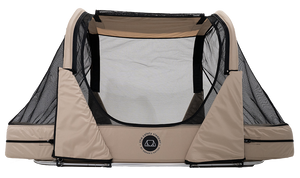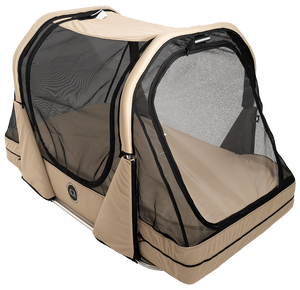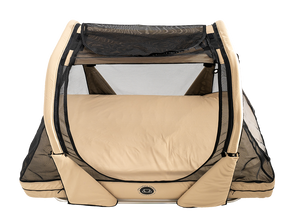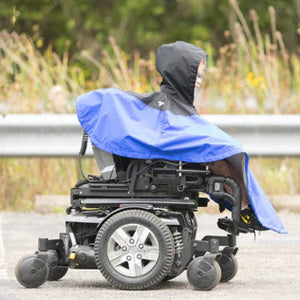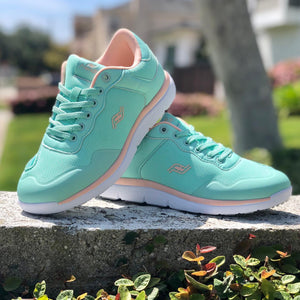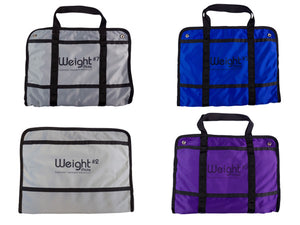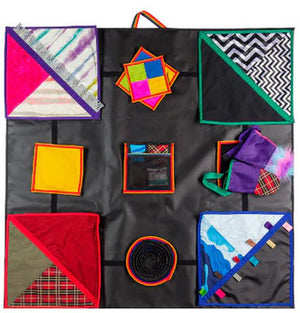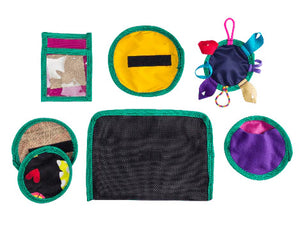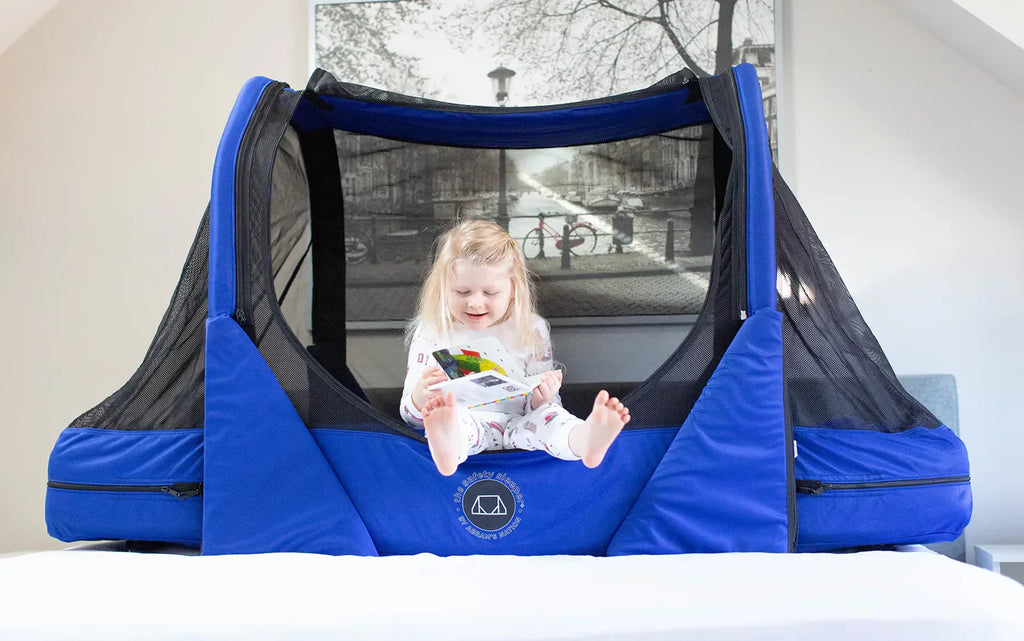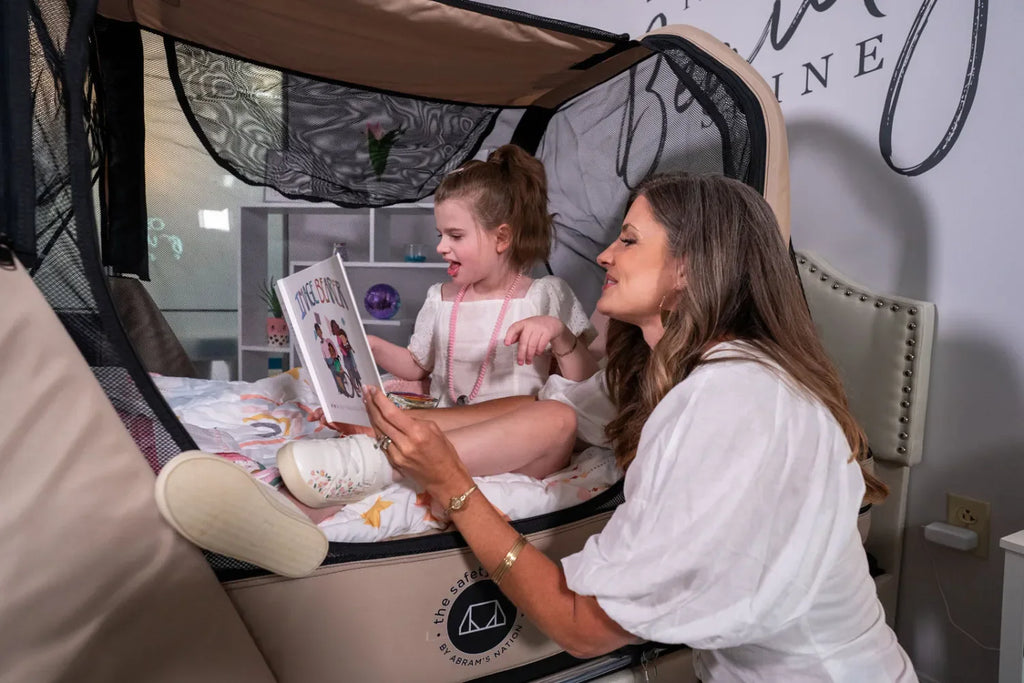Picking the right special needs toddler bed for your child can be a transformative decision. We know from experience just how difficult bedtime can be with a special needs child, and we’ve heard plenty of painful horror stories about children injuring themselves after falling out of a normal bed or wandering out of the house in the middle of the night.
A safety bed designed specifically for children with special needs can simplify bedtime for kids, their parents, and the rest of the family. By providing a safe, secure, and soothing environment for your child, you can help them wind down after a long and busy day, fall asleep, and then stay asleep while preventing dangerous behaviors like nighttime wandering. In turn, you can also sleep easier at night knowing your child is safe from harm!
Considerations for Picking a Special Needs Toddler Bed
If you’re picking out a special needs toddler bed for your child, consider the following questions to guide your final purchase decision:
1. Does your child have special medical needs?
Doctors may recommend a Posey bed for children with special needs. Posey beds are commonly found in hospitals and home care settings.
However, the Posey Bed and The Safety Sleeper® have subtle but important differences that may make The Safety Sleeper® a superior choice for your special needs toddler, especially when it comes to affordability and accessibility. Be sure to look into bed insurance for additional financial assistance before making a purchase!
Other medical factors to consider when selecting a special needs toddler bed include:
- Do you need a handle to help your child climb in and out of bed?
- Do you need a bed with a low profile to aid toddlers with a low gait or low mobility?
- Do you need a bed that can accommodate a Hoyer lift?
- Do you need a bed with electric articulation to raise and lower the head and foot of the bed for enhanced comfort?
- Do you need a bed that can grow with your child from sitting on the floor to being attached to a traditional bed frame?
By asking these questions ahead of time, you can identify design attributes that can help you make the right decisions for your child.
2. Is your child fully potty trained?
Your child’s level of toilet training may influence how important waterproof materials are in the bed’s overall design. Any sort of bodily fluid or waste requires prompt cleanup, and waterproof special needs bedding, like The Safety Sleeper® waterproof coverlet, can make cleaning significantly easier.
3. Does your child elope at night?
Children with special needs are often prone to eloping in the middle of the night. In fact, nearly half of all children with autism spectrum disorder wander away from their bed at night, leading to potentially dangerous situations. If a child reaches the knives on the kitchen counter or steps outside without adult supervision, they could severely hurt themselves or others.
To prevent this, many special needs beds are completely enclosed, which offers your child additional security while eliminating the ability to elope. This can be especially helpful alongside behavior modification therapy or medication, but many of the parents we talk to find therapy and medication unnecessary when using The Safety Sleeper®!
4. Does your child require fall protection or a full enclosure to prevent injuries?
In addition to wandering, your child may also choose to climb the sidewalls or railing of their special needs bed. We’ve heard from parents whose children plummeted from high above the ground, resulting in serious injuries and even hospitalizations.
Again, a complete enclosure can be useful. Because a full enclosure offers a breathable enclosure, its use can prevent falls that result in painful injuries.
5. Is your child sensitive to colors?
You know your child better than anyone, and you know exactly which colors are best for their temperament. To help, some special needs bed manufacturers have carefully created their beds and coverlets with special needs-conscious designs.
For children with autism spectrum disorder, for example, bright colors can be overstimulating, so it’s often better to select a muted color pattern that is visibly easier to process.
6. Does the bed need to be transportable from one location to another?
A special needs bed’s transportability is a critical consideration. For example, if you plan on visiting family, going on vacation, spending a night in a hotel, or staying overnight in a hospital, having your child’s special needs bed with you can help your child enjoy the same restful sleep they would get at home. Although most mattresses are too cumbersome to transport easily, an air mattress is a convenient alternative that offers a high level of comfort away from your child’s usual bedroom.
7. What size and height is best for your child?
Although many special needs beds can accommodate the current height and weight of your child, you may want to purchase a bed that’s bigger than necessary if your child is still growing.
In addition to the mattress, pay close attention to the height of the bedframe and any additional supports that come with it. Some special needs beds can easily reach six feet tall, and that can make for unique challenges when it comes to finding a cozy place inside your child’s bedroom.
Finally, consider how tall the inside of the enclosure is. When a safety bed offers five or six feet of headroom, the space becomes conducive to standing and jumping. The Safety Sleeper®, however, is designed with a lower profile to encourage restful sleep.
8. How sturdy is the bed’s overall design?
If your child is aggressive or suffers from involuntary muscle movements, they may exert above-average strain on their special needs bed. Pick a bed and bed frame combination that can withstand a high level of use.
Once installed, be sure to regularly check the bed’s structural integrity. Ensure no parts are loose, missing, or falling apart. If they are, quickly update them so you child can continue to enjoy the same level of comfort and protection!
Enjoy A Simpler, Safer Night
Bedtime is often challenging for families with special needs children who may resist staying in bed throughout the night or who are at risk of injuring themselves if left alone. With the right safety bed, however, they can remain in bed while completely eliminating their most dangerous behaviors.
The benefits here are huge for the whole family. And because you’re well-rested, you can be a more attentive parent! To start your search, look through the full range of The Safety Sleeper® fully enclosed beds.
